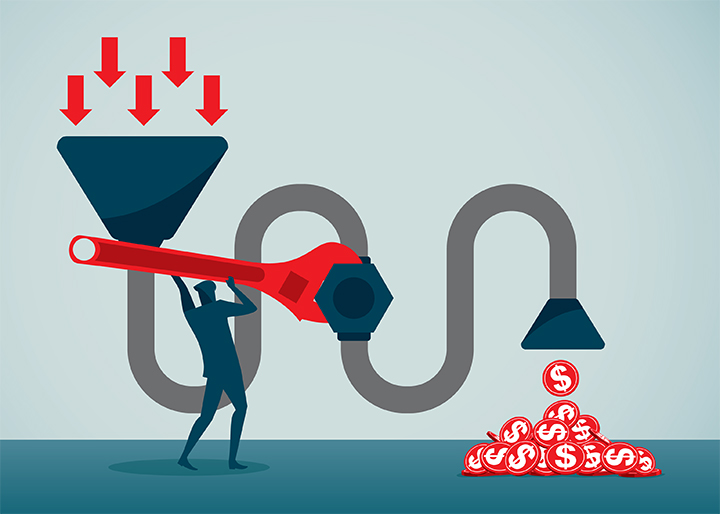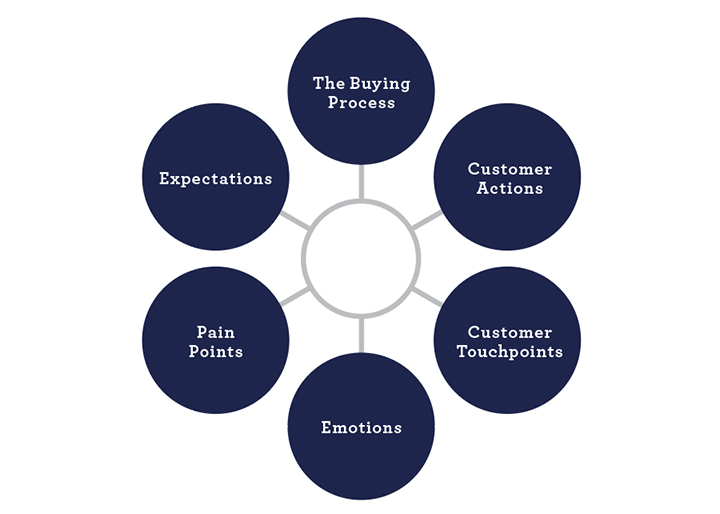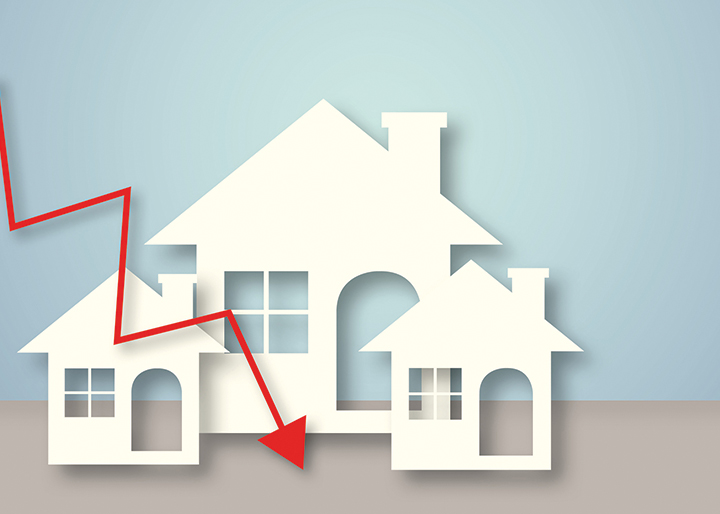Opportunities in Real Estate in 2023
Rentals Will Still Reign Supreme in 2023 By Erica LaCentra Investors probably wish they had a crystal ball to easily predict what the new year will hold for real estate and more importantly, where the biggest opportunities in the market will be. However, even without a crystal ball, predictions are in for what 2023 has in store for the real estate industry. Investors will need to be shrewder and savvier
Read More












